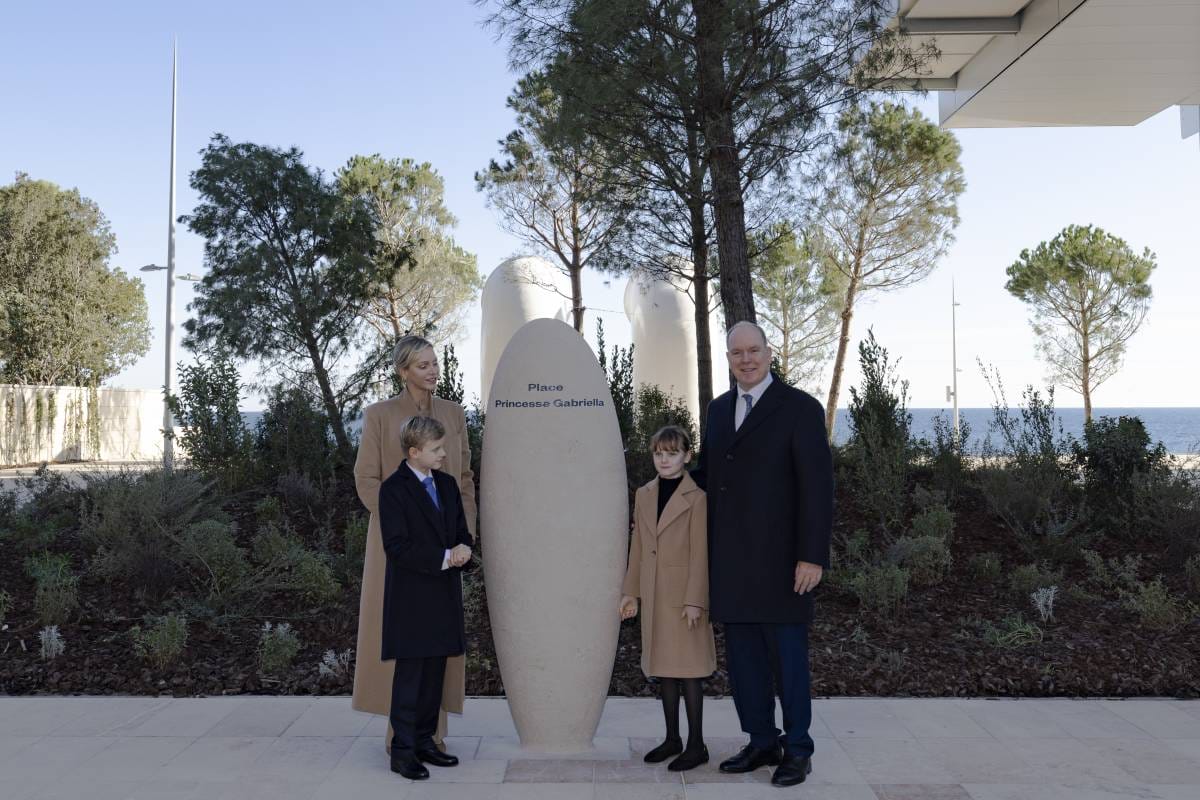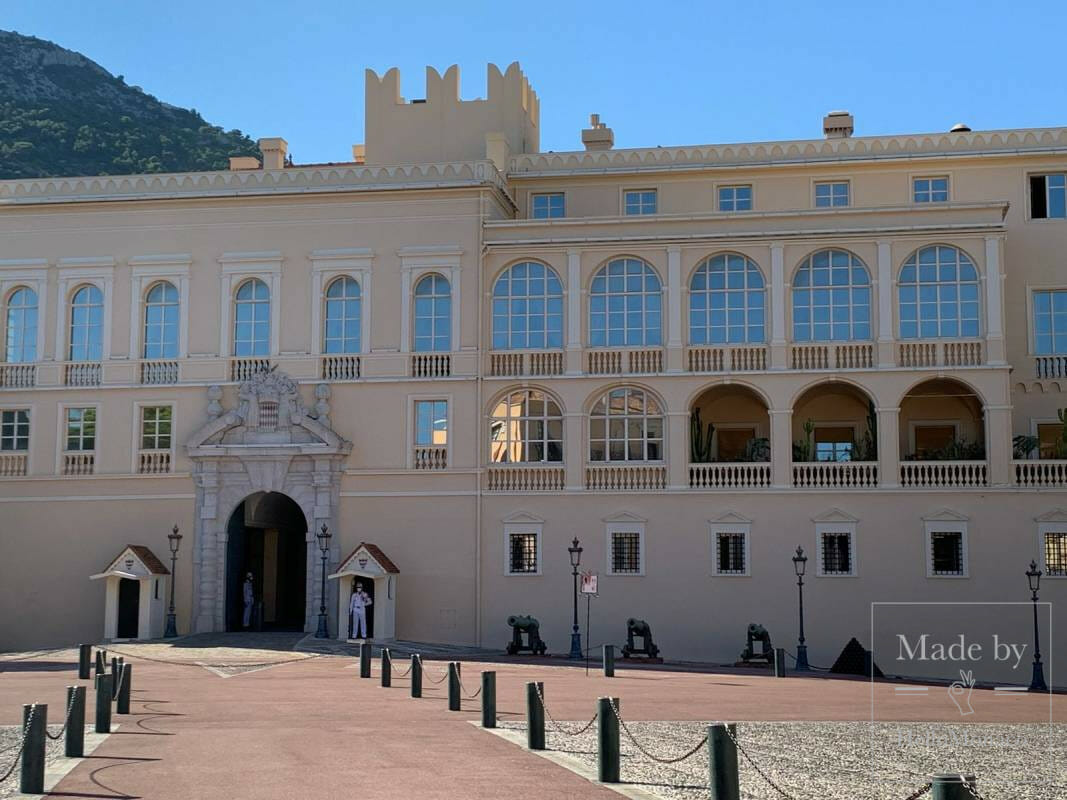On December 4th, Monaco unveiled its latest feat of engineering and environmental ingenuity: Mareterra, a six-hectare district reclaimed from the Mediterranean Sea. Inaugurated by Prince Albert II and Princess Charlene, accompanied by Hereditary Prince Jacques and Princess Gabriella, this ambitious project extends Monaco’s territory by 3%, marking a significant step in the Principality’s evolution.
Prince Albert II described Mareterra as “a natural extension of our territory” and emphasized its seamless integration into the coastline. The project, completed six months ahead of schedule, stands as a testament to Monaco’s dedication to innovation and sustainability, addressing the challenge of expanding within a highly constrained geography.
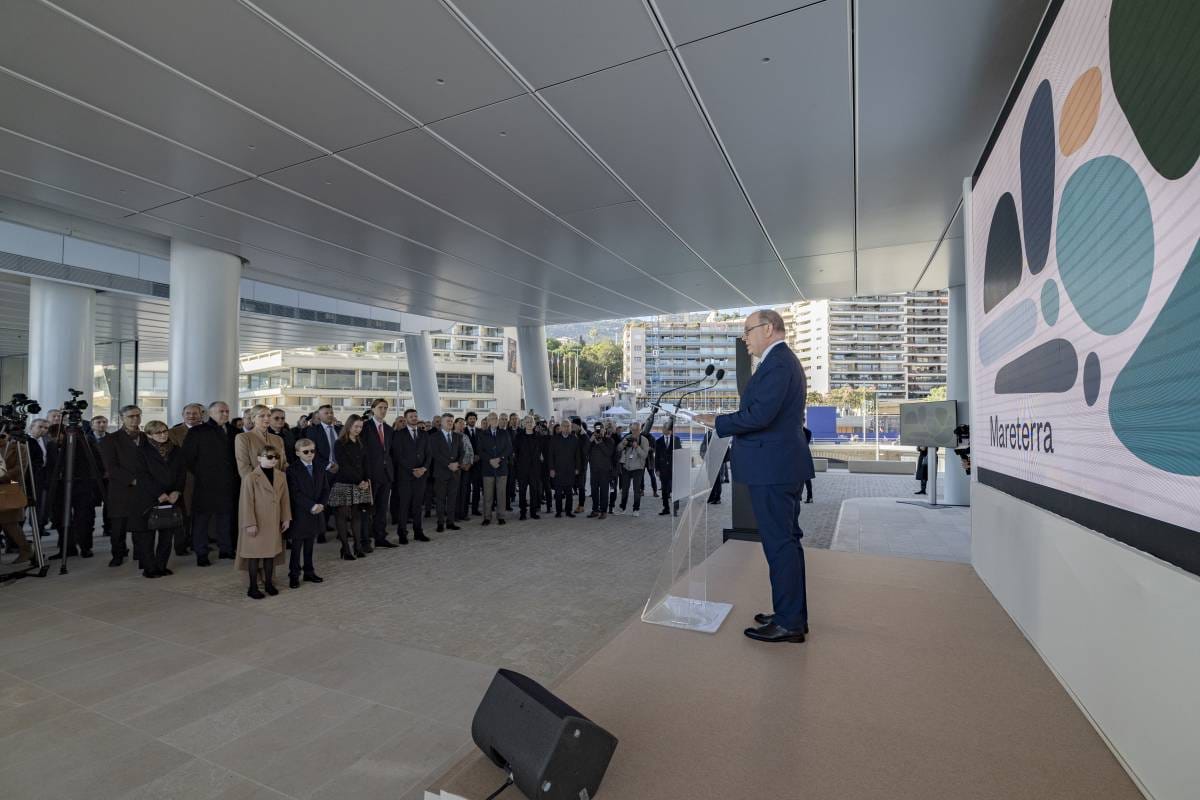
A Historical Milestone
The inauguration ceremony celebrated Monaco’s rich history of territorial expansion, with notable precedents such as Fontvieille and Larvotto. Céline Caron-Dagioni, Government Advisor-Minister of Public Works, the Environment, and Urban Development, highlighted the legacy of urban transformations since the reign of Charles III. She praised the collaboration of 300 companies and 4,000 workers involved in Mareterra, calling the project “a new chapter for the Principality.”
Reflecting on the significance of Mareterra, Prince Albert II recalled Monaco’s unique geographical challenge, noting that much of its expansion has been over water. He reiterated that this project is likely to be one of the last of its kind:
“Other extensions will not be possible or desirable for the time being.”
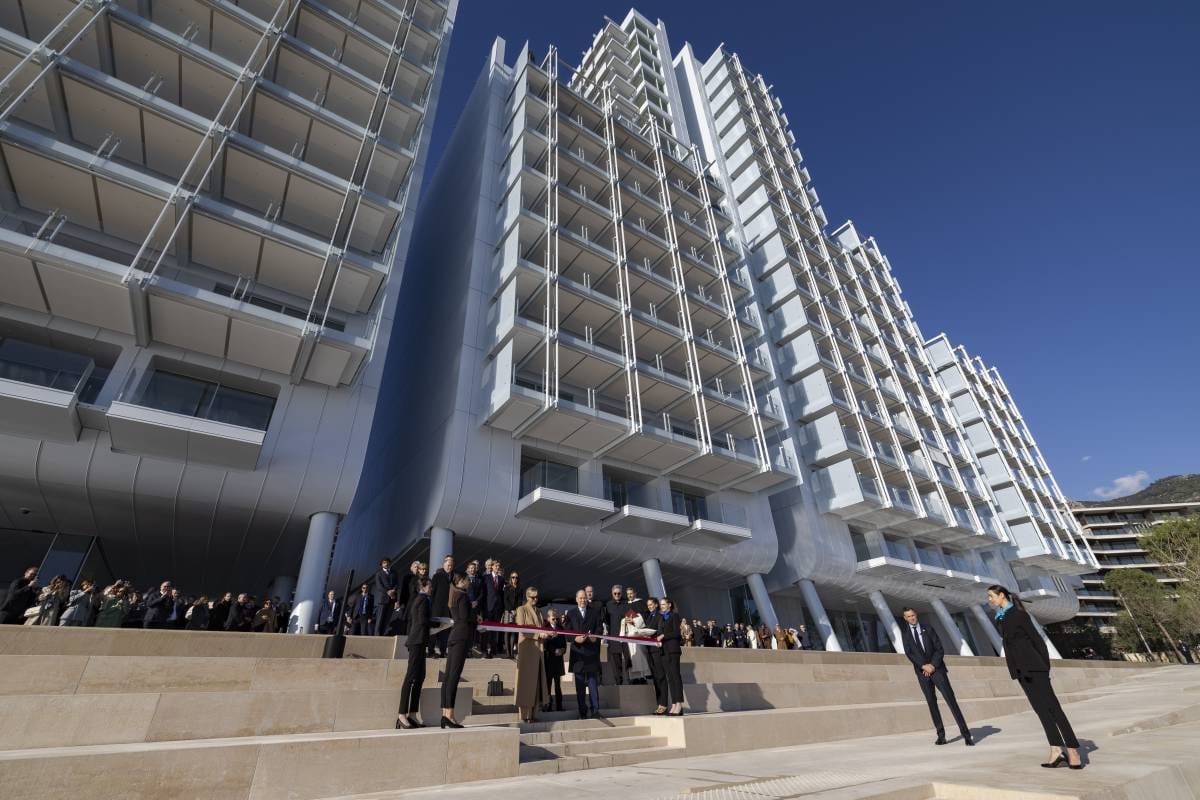
Innovation in Sustainability and Design
Mareterra embodies Monaco’s commitment to sustainability. The project aligns with Prince Albert II’s vision of achieving carbon neutrality by 2050. Urban planning was guided by three principles set by the Prince:
1. Harmony with Nature – A balance between land and sea.
2. Environmental Excellence – Rigorous standards to protect marine ecosystems.
3. Architectural Prestige – Contributions from globally renowned architects.
The district’s design features contributions from Renzo Piano, Foster + Partners, Stefano Boeri, and Tadao Ando, among others. It includes 110 apartments, 10 villas, 4 townhouses, and 160 parking spaces, complemented by one hectare of green spaces with 1,000 mature trees sourced from Italy.
The architectural centrepiece is the Le Renzo building, situated in the port district designed by the Renzo Piano Building Workshop. Landscape architect Michel Desvigne ensured the green spaces harmonize with the coastline, creating a pedestrian-friendly eco-district that reflects Monaco’s dedication to urban sustainability.
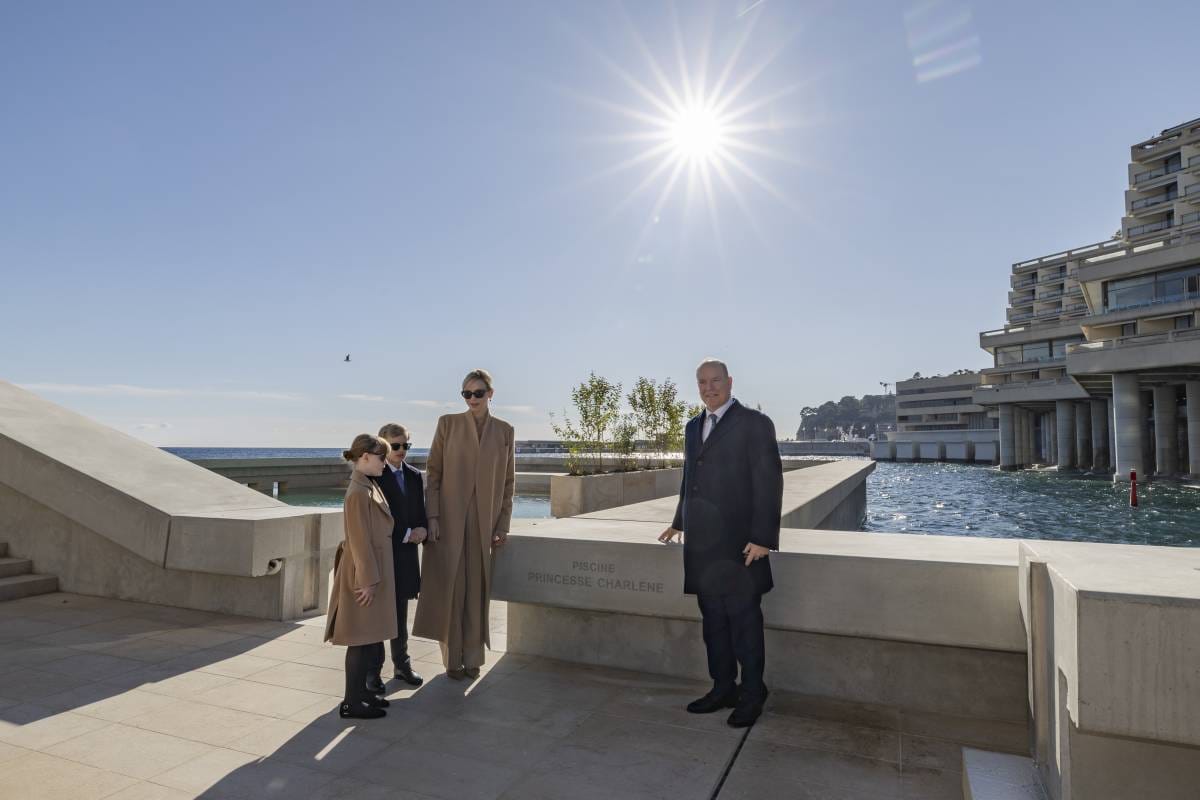
Environmental Stewardship
A high-level scientific committee, established at Prince Albert II’s request, guided environmental measures throughout the project. Marine biologists and divers meticulously relocated vulnerable species, such as Posidonia seagrass and Pinna nobilis (giant Mediterranean clams), to safer habitats. The underwater foundation of Mareterra was specifically designed to encourage the recolonization of marine flora and fauna.
Céline Caron-Dagioni underscored these efforts, stating that the project represents a balance between economic, urban, and ecological imperatives. The construction phase also included decontamination of port sediments, showcasing Mareterra’s broader environmental commitment.
The district incorporates 5,000 m² of solar panels, rainwater recovery systems, and energy-efficient building technologies, further solidifying its eco-friendly credentials.
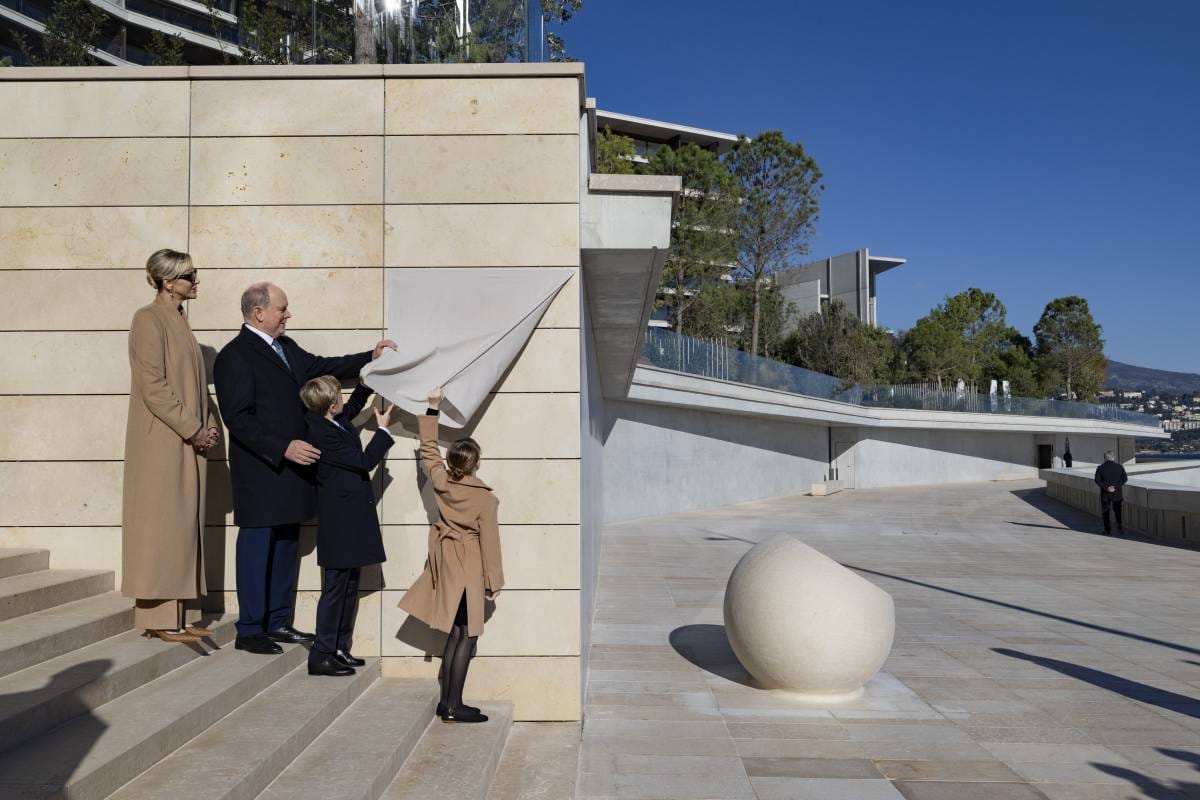
An International Undertaking
Mareterra’s construction involved an unprecedented logistical effort. 18 colossal concrete caissons, each weighing 10,000 tons, were manufactured in Marseille and transported to Monaco to form the district’s protective barrier. The underwater embankment was made from limestone aggregate sourced from a quarry in Châteauneuf-les-Martigues.
The project’s sheer scale required contributions from over 300 companies across 40 countries, making it a global endeavour.
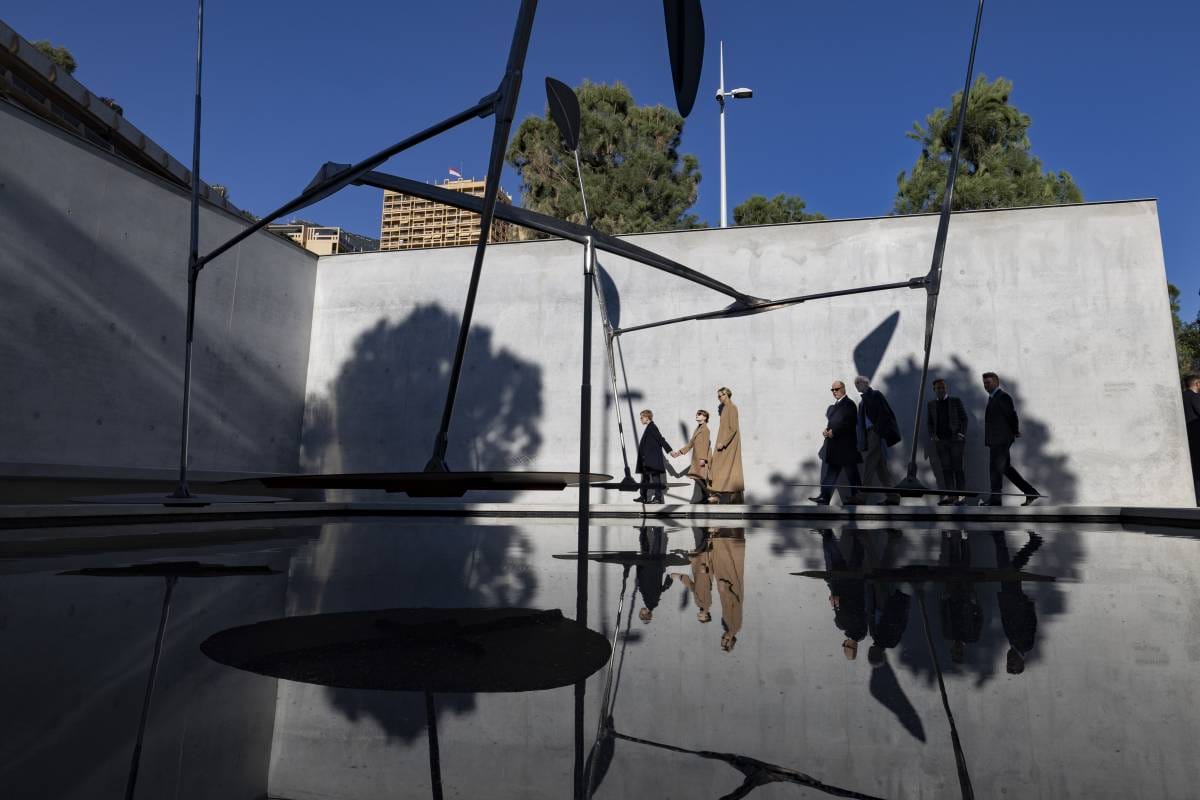
A Vision Realized
Prince Albert II lauded the completion of Mareterra as a “challenge brilliantly met.” He praised the project teams, from architects to masons, for their exceptional craftsmanship, and acknowledged the roles of key figures like Guy-Thomas Lévy-Soussan, Managing Director of SAM L’Anse du Portier, and Gérard Brianti, one of the visionaries behind the project.
Mareterra stands as a bold representation of Monaco’s ingenuity and dedication to balancing progress with environmental stewardship. With its innovative design, sustainable features, and harmonious integration into the coastline, this district marks not just an expansion of Monaco’s territory, but also a reimagining of its future.



